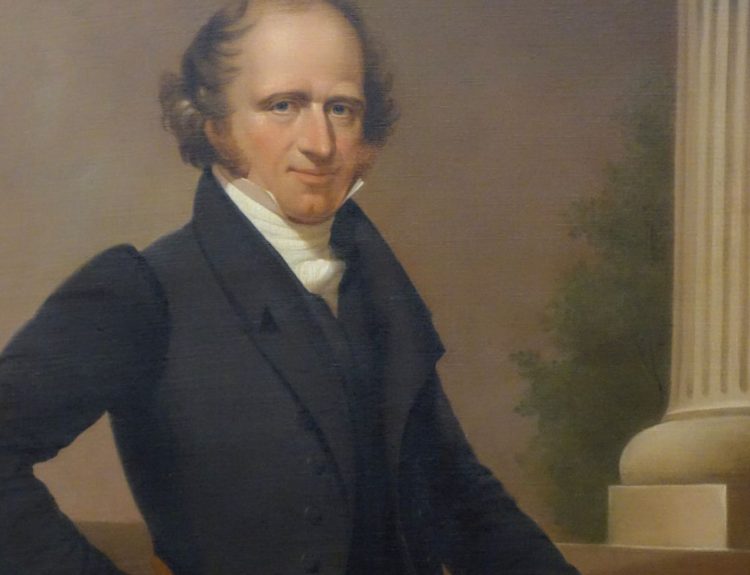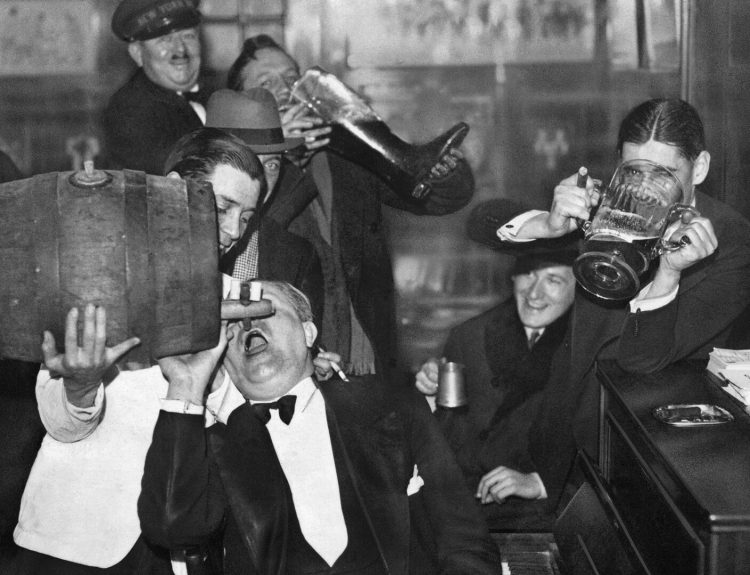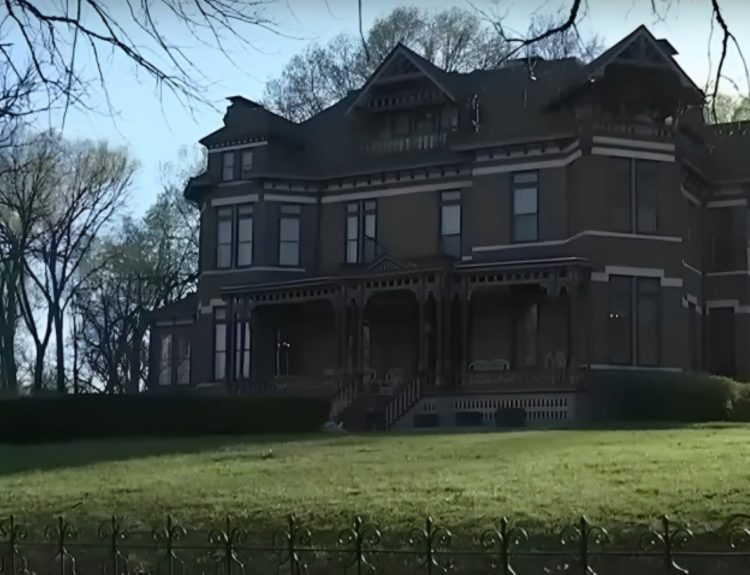Fort Knox, the military institution in Kentucky where the United States gold reserves are kept, is such a secure facility that the very name has become synonymous with an impenetrable vault. There is much we, the public, don’t know about Fort Knox, including how much gold – if any – is stored there.
There are, on the other hand, plenty of facts about Fort Knox that we do know. For example, we know when Fort Knox was built and why it was chosen as the site of the U.S. bullion depository. There is much more to Fort Knox than stacks of gold bars.
The Site Was Once Used During the Civil War
Fort Knox as we know it today dates to the 1930s, but the location where Fort Knox is located is very close to a Civil War-era fortification, Fort Duffield, which was built in 1861. Fort Duffield overlooked the Ohio River at the point where the Salt River meets it.

During the Civil War, both Union and Confederate troops sought to control the strategic area. Confederate General John Hunt Morgan and his cavalry used Fort Duffield and the area where Fort Knox now sits as a staging area before his march across Indiana and Ohio.
A Training Center Ahead of World War I
Camp Zachary Taylor, set up at West Point, Kentucky, served as a training center for field artillery units beginning in 1917. This is where famed novelist F. Scott Fitzgerald, author of The Great Gatsby, trained. The war ended before he was sent overseas.

In July 1918, roughly 20,000 acres in the area were leased to the government and plans were put into place to build a permanent training facility. There were several small communities located in the area, including West Point and Stithton.
Officially Becoming Fort Knox
The new training center was built in 1918 and named Fort Knox after Revolutionary War commander Henry Knox who later became the first Secretary of War. An additional 40,000 acres were purchased to expand the training facility.

By the early 1920s, however, the training facility was downsized. World War I was over so the pressing need for a place to train troops was over, however temporarily.
Keeping the United States’ Gold Reserves Safe
Before 1936 – the year when the Fort Knox depository was built – the United States’s gold reserves were stored at the national mints in New York City and Philadelphia. But many people in the government believed that it was unwise to keep the gold deposit near the coast where it could be vulnerable to attack by foreign nations.

In a statement issued in June of 1935, the United States Treasury presented its plans to construct a gold depository on the grounds of Fort Knox in Kentucky. Since the fort was already established, much of the infrastructure was in place so the Treasury department believed they could quickly construct a vault.
Interesting Timing
The announcement that a depository would be built at Fort Knox … and quickly … caught many people off guard. There didn’t seem to be a reason for the sudden change of location.
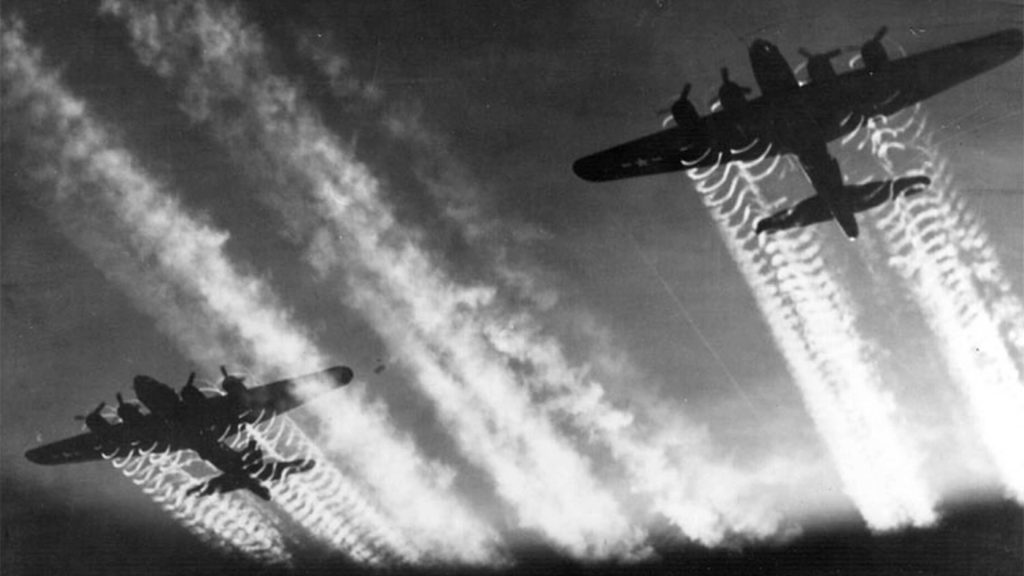
In hindsight, though, it has become clear that the increasing tensions in Europe and the murmurs of impending war may have aided in this decision. Their inklings were right on the money. War broke out in Europe just four years later in 1939.
In the Middle of Nowhere
Many people think that Kentucky is a strange place to hide the country’s riches. After all, it is in the middle of nowhere. But it was precisely because it is in the “middle of nowhere” that makes it safer.
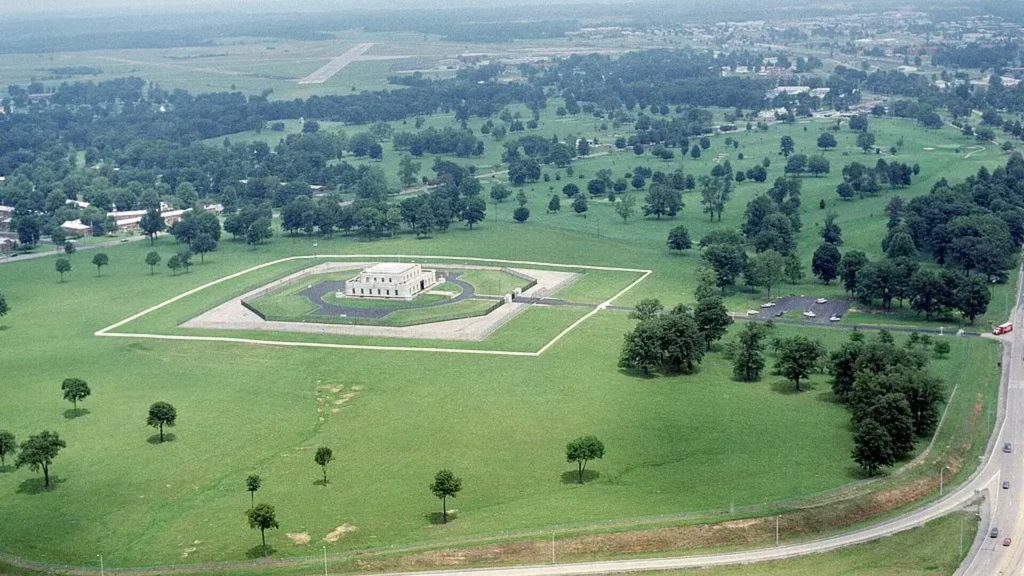
It made sense for the bullion depository to be located on the grounds of a military base, so the Treasury took a critical look at all the military bases in the country. All the coastal ones were crossed out first. Then they weighed the pros and cons of each one.
Fort Knox Checked All the Boxes
Fort Knox had a lot going for it. First, an enemy aircraft would have to cross a large chunk of U.S. airspace before it could get to Fort Knox. Military aircraft would have plenty of time to intercept it. On top of that, there weren’t any major highways or railroads leading into the area.
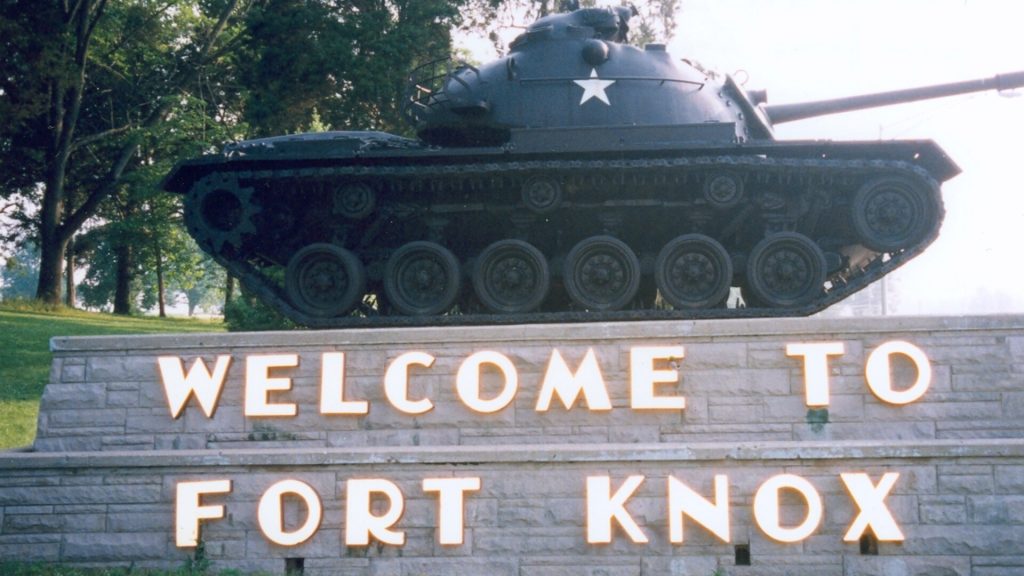
More importantly, the U.S. Army’s only completely mechanized cavalry unit was located at Fort Knox. If the depository had to be defended, this unit could be deployed at a moment’s notice.
An Impenetrable Facility
The United States Bullion Depository at Fort Knox was built to be an impenetrable fortress. Granite-lined concrete was used on the exterior of the building, even though the vault itself is underground. The underground vault is also encased in concrete and reinforced with steel plates and I-beams.

The door to the vault cannot be breached by a drill or blowtorch. It is 21-inches thick and weighs close to 20 tons. The code to open the lock is divided among several people so no one person has the entire code.
Well-Guarded from the Exterior
The bullion depository is well-guarded from the exterior, as well. A perimeter fence topped with razor wire surrounded the entire building. There is even a minefield between the perimeter fence and the building.

The Fort Knox security staff have their eyes and ears on the depository building at all times. Literally. High-resolution security cameras with night vision capabilities and a hidden network of ultra-sensitive microphones are hidden throughout the grounds.
How the Gold Was Moved to Fort Knox Will Shock You
When the bullion depository at Fort Knox was complete in 1937, the Treasury then had to transport gold bars from New York and Philadelphia to Kentucky. They didn’t load the gold bars in a rail car or a semi-truck. Instead, they mailed the gold to Kentucky.

As amazing as it sounds, it is true. The Treasury department reached out to the U.S. Post Office to oversee the delivery of the gold. The Post Office utilized reinforced postal trucks to transport the gold from the mints in New York and Philadelphia to armored train cars.
A Regular Shipment of Gold
Once the armored railway cars arrived in Louisville, the U.S. Postal Service supervised the movement of the gold back onto the reinforced trucks and drove them to Fort Knox. Under the direction of the U.S. Post Office, military soldiers, secret service agents, treasury guards, and postal workers all guarded the gold, with assistance from local police departments.

In case anyone wanted to hijack a truckload of gold, the Postal Department even sent out decoy trucks and trains. The shipments of gold were sent on a semi-weekly basis, from January 11, 1937, to June 17, 1937.
There’s More Than Gold in the Fort Knox Vault
From time to time, Fort Knox housed other important and valuable items in addition to gold. During World War II, for example, government officials worried that the Germans or the Japanese may invade the continental U.S. To keep the most valuable historical documents safe, many of them were temporarily moved to the depository vault at Fort Knox.
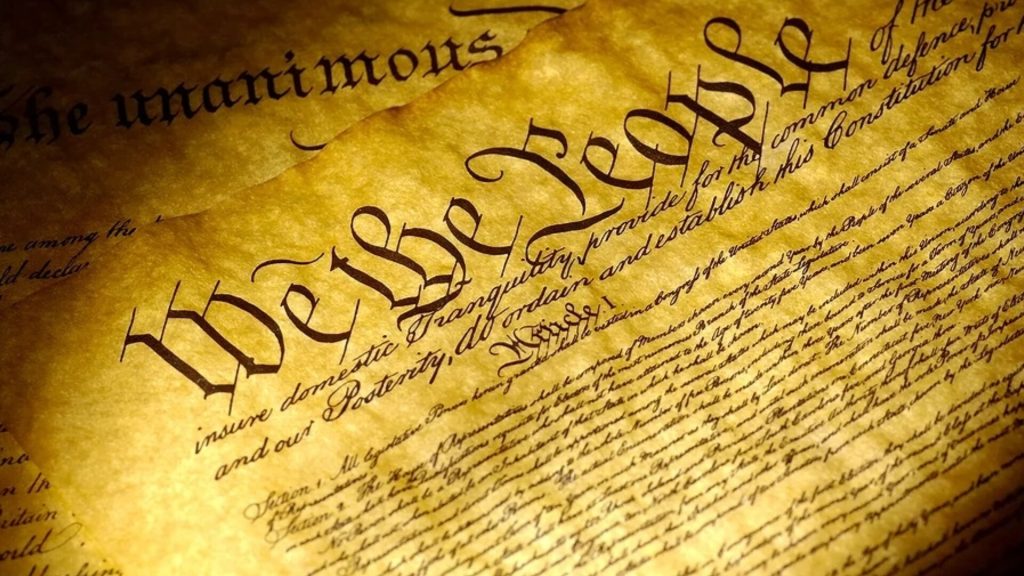
These included the original signed Constitution of the United States, the Declaration of Independence, and the Articles of Confederation, as well as drafts of Lincoln’s Gettysburg Address and his Second Inaugural Address. The U.S. even loaned out vault space to other countries when needed. The Gutenberg Bible, the Magna Carta. the Crown of St. Stephen, and the Hungarian royal crown all spent time in Fort Knox’s ultra-secure vault.
We Don’t Even Know How Much Gold Is There
How much gold is stored at Fort Knox? That is a closely guarded secret. If you ask the Treasury Department, they may tell you there are 4,580 metric tons of gold stored at Fort Knox. But a number of people have questioned whether the gold is really still there or if it has been moved to an undisclosed location.

The vault is not periodically opened for inspection, which has led to numerous conspiracy theories. On September 23, 1974, a quick audit of the gold was made. It was immediately locked back up and wasn’t reopened until August 21, 2017. This opening was a highly controlled event with only a few gold bars brought out for inspection, adding fuel to the theory that Fort Knox is actually empty and the tremendous show of security is just that … a show.




